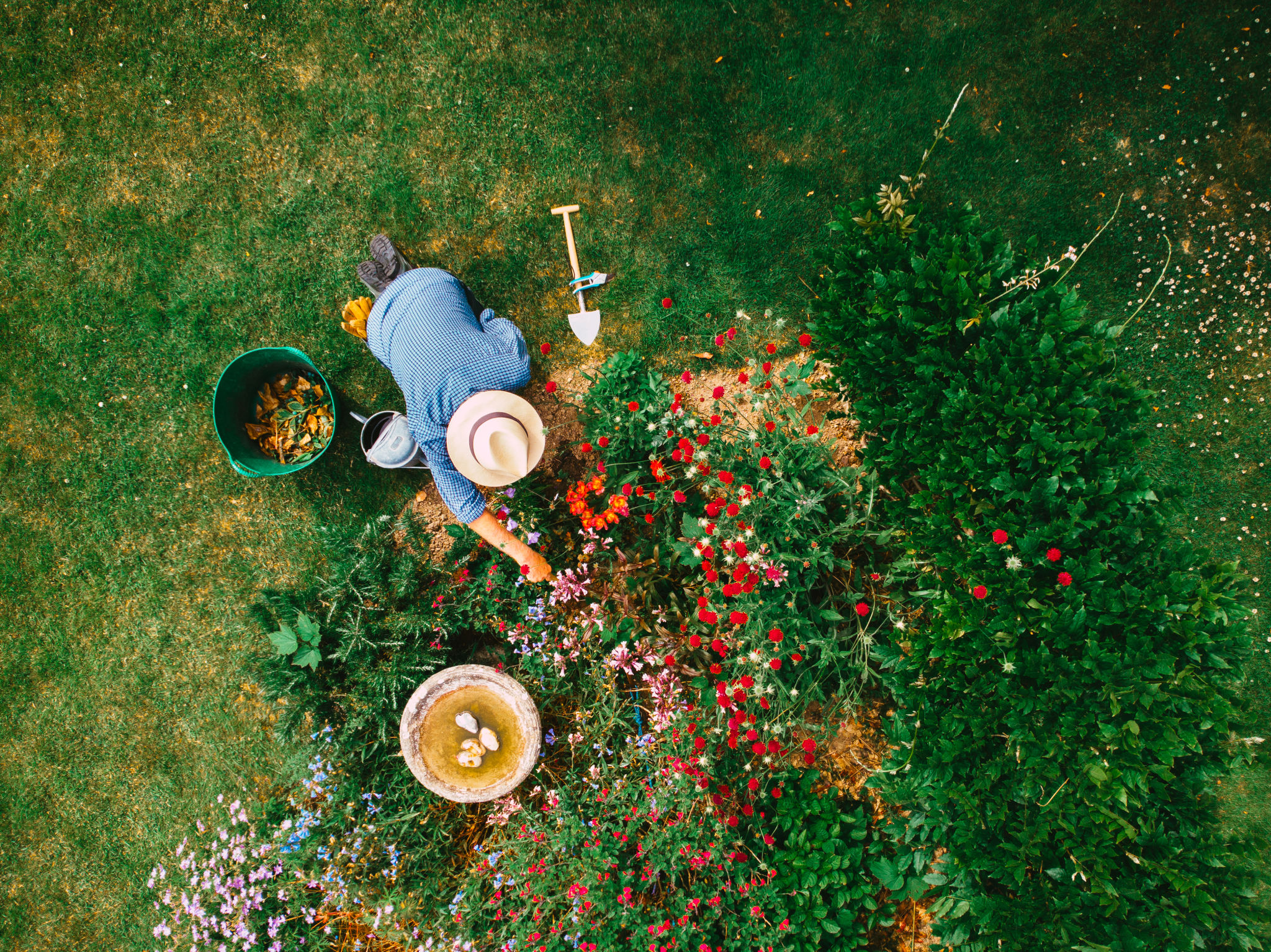DIY Lawn Maintenance: Tips from Professional Landscapers
Understanding Your Lawn
When it comes to DIY lawn maintenance, the first step is understanding your lawn's specific needs. Different grass types require different care, and knowing what you have can guide your efforts effectively. Consider factors like climate, soil type, and grass species to tailor your maintenance routine.

The Importance of Regular Mowing
Regular mowing is essential for a healthy lawn. It not only keeps your lawn looking neat but also encourages growth by cutting off dead tips. Professionals recommend keeping your grass at a height of about 2.5 to 3 inches for most species, but always adjust based on your specific type. Remember, never cut more than one-third of the grass blade in a single mow.
Watering Wisely
Watering is a critical component of lawn care, but overwatering can lead to issues like fungus growth and shallow root systems. Aim to water your lawn early in the morning when evaporation rates are low. A deep watering once or twice a week is usually more effective than frequent shallow watering.

Fertilizing for Success
Fertilizing provides your lawn with the nutrients it needs to thrive. Opt for a slow-release fertilizer to ensure a steady supply of nutrients over time. It's generally best to fertilize in the spring and fall when the grass is actively growing, but be sure to follow the specific recommendations for your grass type.
Aeration: Breathing Life into Your Lawn
Aeration involves perforating the soil with small holes to allow air, water, and nutrients to penetrate the roots. This process helps alleviate soil compaction and promotes healthier root growth. Professional landscapers suggest aerating your lawn once a year, typically in the fall.

Weed Control Strategies
Weeds can quickly overtake an unmanaged lawn, so proactive control is crucial. Hand-pulling weeds can be effective for smaller areas, while pre-emergent herbicides can prevent weeds from germinating in the first place. Ensure you apply these products at the right time for maximum effectiveness.
Dealing with Lawn Pests
Pests like grubs and insects can cause significant damage if left unchecked. Keep an eye out for signs of pest activity, such as brown patches or wilting grass. Consider natural pest control methods, such as introducing beneficial insects or using organic treatments, to minimize harm to the environment.
Seasonal Lawn Care Tips
Seasonal changes require adjustments in your lawn care routine. In the spring, focus on removing debris and overseeding bare spots. During summer, prioritize watering and mowing at higher heights to reduce stress on the grass. In the fall, concentrate on aeration and fertilization to prepare your lawn for winter.

By following these DIY lawn maintenance tips from professional landscapers, you can cultivate a lush, healthy lawn that enhances the beauty of your home. With regular care and attention, your lawn will become a vibrant outdoor space for relaxation and enjoyment.
